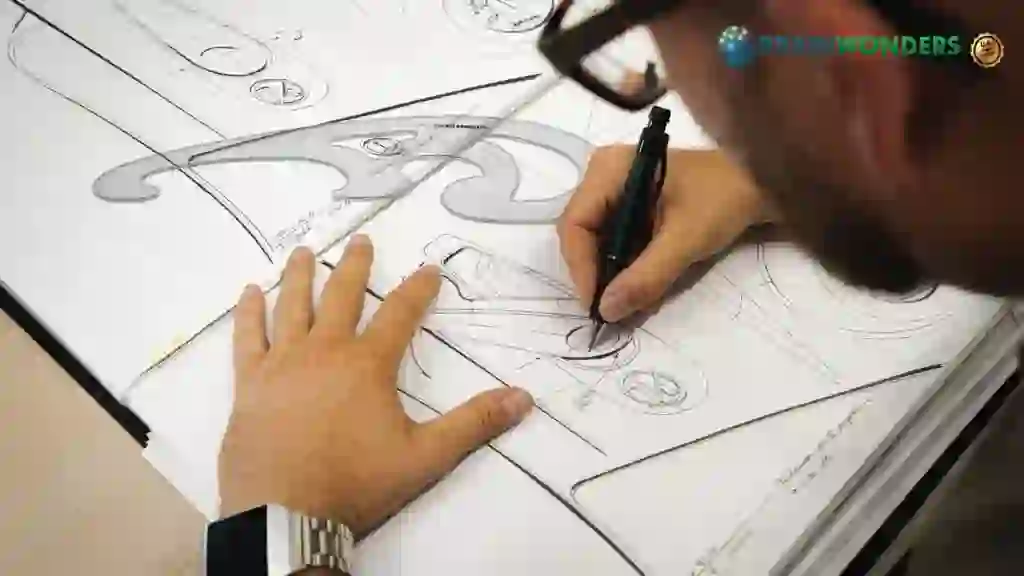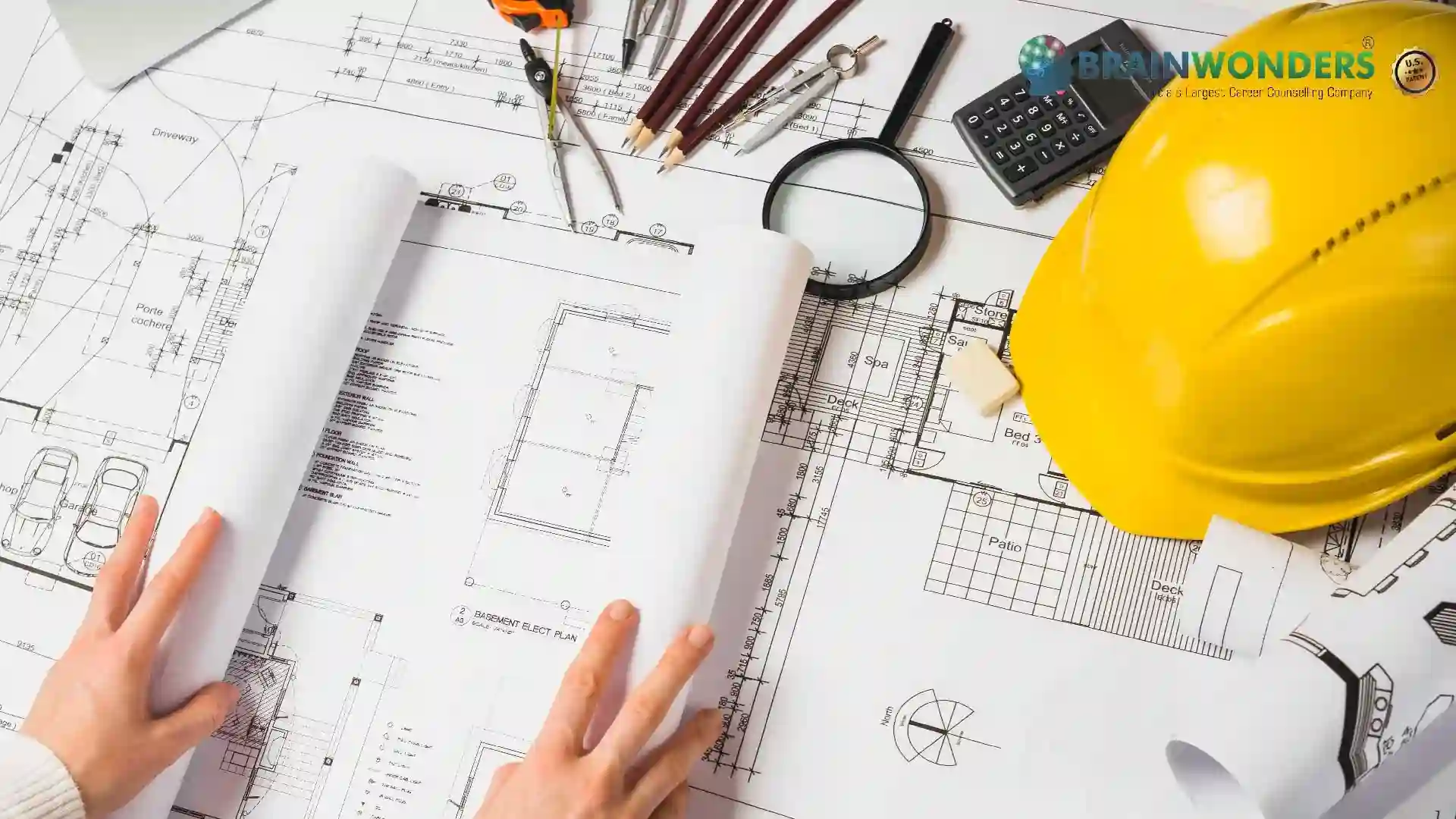How to become a Commercial or Industrial Designer
Overview, Courses, Exam, Colleges, Pathways, Salary

Overview
Who is Commercial or Industrial Designer ?
Designers of commercial and industrial products, such as automobiles, home appliances, and children's toys, create and design manufactured goods. They create goods that people use every day by combining art, business, and engineering. When generating new product concepts, industrial designers examine function, aesthetics, production costs, and usability. When creating new product concepts, industrial designers evaluate the function, aesthetics, production costs, and usefulness of the product. They also employ computer tools to create virtual representations of various designs.
Typical day at work
What does Commercial or Industrial Designer do?
- Consult with clients to determine requirements for designs
- Research the various ways a particular product might be used, and who will use it
- Sketch out ideas or create renderings, which are images on paper or on a computer that provide a better visual of design ideas
- Use computer software to develop virtual models of different designs
- Create physical prototypes of their designs
- Examine materials and manufacturing requirements to determine production costs
- Work with other specialists such as mechanical engineers or manufacturers to evaluate whether their design concepts will fill needs at a reasonable cost
- Evaluate product safety, appearance, and function to determine if a design is practical
- Present designs and demonstrate prototypes to clients for approval
Abilities and Aptitude needed
What are the skills, abilities & aptitude needed to become Commercial or Industrial Designer?
- Making Decisions and Solving Issues – Analysing data and assessing outcomes in order to select the best option and solve problems.
- Creative thinking entails developing, designing, or constructing new applications, ideas, relationships, systems, or products, as well as creative contributions.
- Job Organising, Planning, and Prioritisation – Creating explicit goals and plans to prioritise, organise, and complete your work.
- Analysing Data or Information — Breaking down information or data into different sections to determine the underlying principles, reasoning, or truths.
- Selling or Influencing Others – Persuading others to buy commodities or goods, or to modify their ideas or actions in some other way.
- Communicating with People Outside the Organisation — Communicating with people outside the organisation, as well as representing the company to customers, the public, the government, and other outside sources. This data can be shared in person, in writing, or over the phone.
Ready to become a Commercial or Industrial Designer ?
Take the world’s best assessment test !
Take a TestPathways
How to become an Commercial or Industrial Designer?
Entrance Exam
Entrance Exam for Commercial or Industrial Designer ?
Courses
Which course I can pursue?
Best Colleges
Which are the best colleges to attend to become an Commercial or Industrial Designer?
Industries
Which Industries are open for Commercial or Industrial Designer?
internship
Are there internships available for Commercial or Industrial Designer?
Career outlook
What does the future look like for Commercial or Industrial Designer?
For designers with relevant industrial expertise, freelancing or self-employment is an option, albeit it might be tough to break into. This choice necessitates a strong network of contacts, sound business judgement, and a focused and methodical approach to the work. Large firms may promote experienced designers to chief designer, design department head, or other management positions. Some designers go on to teach at art schools, colleges, and universities. In addition to teaching, many teachers continue to consult privately or run small design studios. Some seasoned designers start their own businesses.






